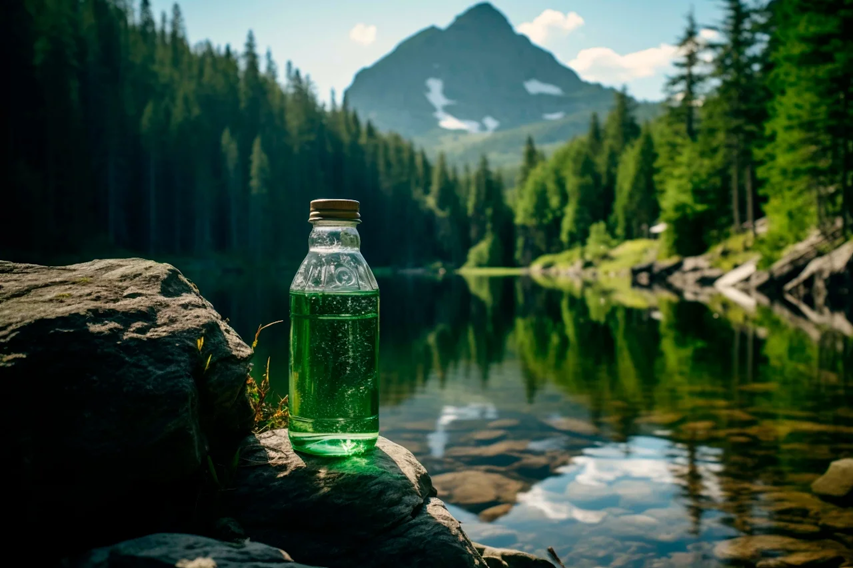Imagine biting into a crisp apple days after you bought it, or enjoying a snack that tastes just as fresh as when it was packaged. Now imagine never again having to toss out stale crackers or soggy cookies. Sound like wishful thinking? Not with Hygropack—an innovative packaging solution designed to keep products fresh for longer.
In this article, we explore what Hygropack is, how it works, and why it’s becoming a game-changer in the world of food preservation and packaging technology.
What is Hygropack?
Hygropack is an advanced moisture control system used in active packaging. Unlike traditional packaging that simply acts as a barrier, Hygropack’s actively interacts with the product’s environment to maintain optimal conditions—especially humidity levels.
At its core, Hygropack helps preserve:
- Freshness
- Flavor
- Texture
- Shelf life
This is especially important in industries where moisture control is critical—such as food, pharmaceuticals, electronics, and even medical devices.
How Does Hygropack Work?
Hygropack functions by absorbing or releasing moisture to maintain a controlled humidity level inside a sealed package. This method helps keep the product in a stable environment regardless of external conditions like temperature or air moisture.
The Science Behind Hygropack
At the heart of Hygropack lies a desiccant or moisture-regulating agent, typically enclosed in a breathable sachet or embedded in the packaging material.
Here’s what happens inside the package:
- Too much humidity? Hygropack absorbs excess moisture from the air to prevent spoilage, mold, or sogginess.
- Too little humidity? Hygropack releases moisture to prevent drying out, cracking, or texture loss.
This two-way interaction is what sets it apart from traditional desiccants that only absorb moisture.
Why Moisture Control Matters
Moisture is one of the biggest enemies of freshness. Here’s how fluctuations in humidity can affect different products:
| Product | Humidity Problem | Result |
| Crackers & Chips | Too much moisture | Soggy, stale, loss of crunch |
| Dried Fruits | Too much moisture | Mold, stickiness, spoilage |
| Coffee & Spices | Too little moisture | Aroma loss, hardening |
| Electronics | High humidity | Condensation, corrosion, malfunction |
| Medical Supplies | Moisture sensitivity | Reduced efficacy or contamination |
By regulating moisture, Hygropack helps prevent all of these issues.
Benefits of Using Hygropack
Let’s break down the major benefits that come with using Hygropack in packaging:
✅ 1. Extended Shelf Life
One of the most compelling advantages is how Hygropack extends product shelf life—reducing waste and ensuring consumers enjoy items at peak quality.
✅ 2. Preserves Taste and Texture
Especially important for food, Hygropack keeps textures crisp and flavors locked in by maintaining the ideal internal environment.
✅ 3. Prevents Mold and Spoilage
By controlling humidity, Hygropack minimizes conditions that allow mold, bacteria, or spoilage to occur.
✅ 4. Eco-Friendly Options
Many Hygropack solutions are made from recyclable or biodegradable materials, aligning with sustainability goals.
✅ 5. Versatile Applications
From snacks and pharmaceuticals to electronics and textiles, Hygropack can be adapted for multiple industries.
Common Applications of Hygropack
Here’s where you’re most likely to find Hygropack in action:
Food Industry
- Bakery products
- Snack foods
- Dried goods (nuts, fruits, jerky)
- Spices and herbs
- Ready-to-eat meals
Pharmaceuticals
- Moisture-sensitive tablets and capsules
- Diagnostic test kits
- Medical devices
Electronics and Tech
- Camera lenses
- Circuit boards
- Lithium batteries
- Wearable devices
Textiles and Leather Goods
- Prevents mold growth in shipping
- Maintains material integrity
Is Hygropack Environmentally Friendly?
Sustainability is no longer optional—it’s expected. That’s why many Hygropack solutions are designed with eco-conscious materials.
Depending on the brand or version, Hygropack options may include:
- Compostable sachets
- Biodegradable desiccants
- Recyclable packaging materials
These options reduce the environmental impact without compromising product protection.
Real-World Example: Hygropack in Action
Imagine a premium chocolate company shipping their products globally. Chocolate is highly sensitive to moisture, which can cause blooming, texture changes, or taste degradation.
By integrating Hygropack into their packaging:
- The chocolate arrives looking and tasting as intended
- The customer experience is improved
- Returns due to spoilage are minimized
- Brand reputation is elevated
This is just one example of how Hygropack can add real value to both businesses and consumers.
How to Integrate Hygropack into Your Packaging
If you’re a business looking to implement Hygropack, here are a few steps to get started:
- Identify Moisture-Sensitive Products
Start by assessing which products in your line are most affected by humidity. - Choose the Right Hygropack Format
Options range from sachets to integrated materials depending on product type and packaging design. - Consult with Packaging Experts
Work with manufacturers that specialize in active packaging solutions to ensure compatibility and effectiveness. - Test and Monitor
Conduct internal tests to validate the performance of Hygropack within your packaging system.
Final Thoughts
In a world where consumers demand longer shelf life, better taste, and eco-friendly practices, Hygropack delivers on all fronts. By actively managing moisture levels within packaging, it’s not just protecting products—it’s enhancing quality, reducing waste, and boosting brand value.
Whether you’re a manufacturer, distributor, or curious consumer, understanding how Hygropack works helps you appreciate the small innovations making a big difference in product freshness and longevity.
Quick Recap
- 🌬️ Controls internal humidity
- 🍽️ Preserves taste, texture, and freshness
- 📦 Extends shelf life
- 🌱 Offers eco-friendly options
- 🧩 Works across industries




